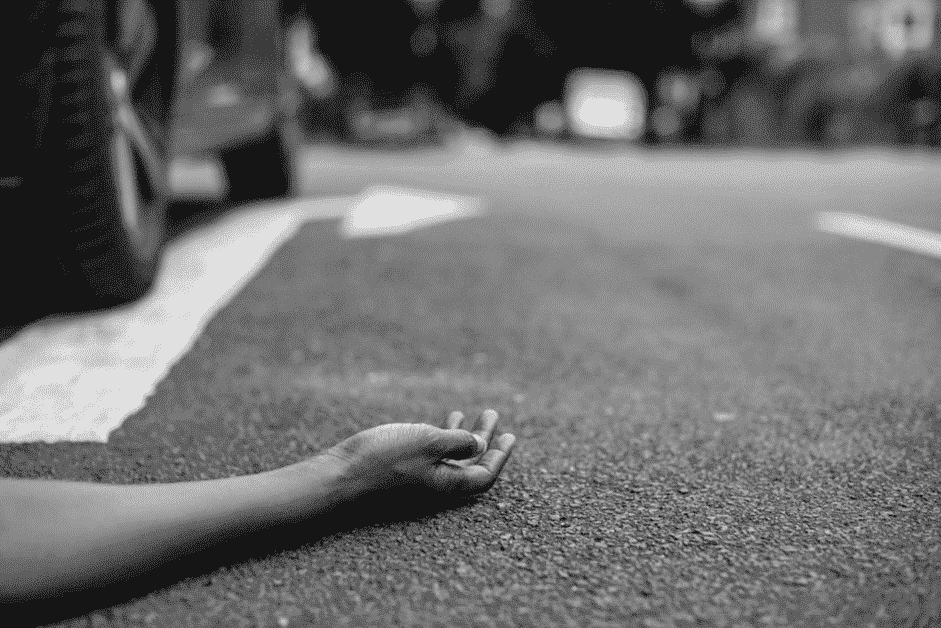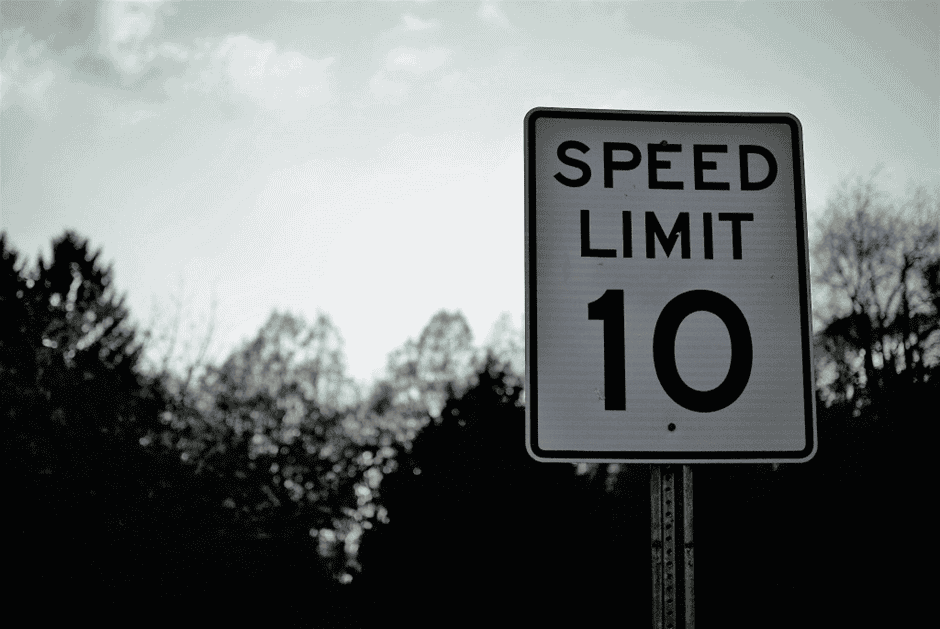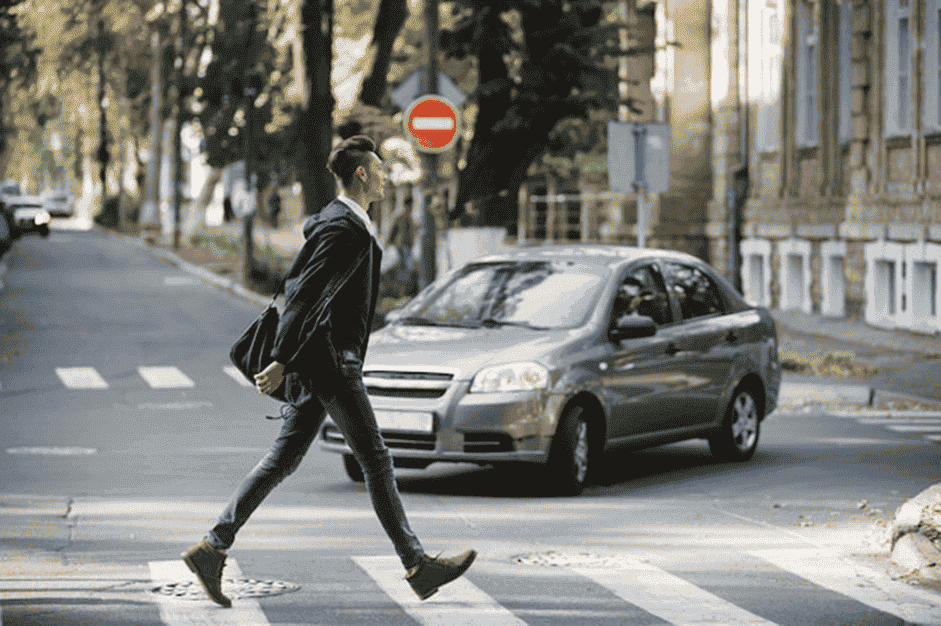| Posted on | others
Here's What Motorists Should Do to Avoid Pedestrian Accidents
0
3385 Views

Pedestrian safety is a critical concern for everyone on the road. Every year, thousands of pedestrians are injured or killed in traffic accidents, underscoring the urgent need for increased awareness and preventive measures. According to recent statistics, pedestrian fatalities account for a significant percentage of all traffic-related deaths.
This article aims to provide motorists with practical tips and strategies to prevent pedestrian accidents, ensuring safer roads for everyone.
Understand the Causes of Pedestrian Accidents
1. Distracted Driving
Distracted driving is a significant contributor to pedestrian accidents. Drivers who divert their attention from the road to activities such as texting, talking on the phone, eating, or using in-car technology are less likely to notice pedestrians. This lack of attention can lead to collisions, especially in areas with high pedestrian traffic.
If you have been hit by a distracted driver, pedestrian accident lawyers can help you get fair compensation.
2. Speeding
Excessive speed reduces the time a driver has to react to unexpected situations and increases the severity of accidents. Speeding can be particularly dangerous in areas with high pedestrian activity, such as residential neighborhoods, school zones, and urban centers. Even a slight reduction in speed can significantly lower the risk of a fatal pedestrian accident.
3. Failure to Yield at Crosswalks
Many pedestrian accidents occur at crosswalks where drivers fail to yield the right-of-way to pedestrians. This can be due to a lack of attention, impatience, or a misunderstanding of traffic laws. Yielding to pedestrians at crosswalks is not just a legal requirement but also a crucial aspect of ensuring pedestrian safety.
4. Poor Visibility and Weather Conditions
Adverse weather conditions such as rain, fog, snow, and darkness can significantly reduce visibility, making it harder for drivers to see pedestrians. Additionally, glare from the sun or headlights can obscure a driver's vision. Ensuring good visibility by using headlights appropriately and keeping windshields and mirrors clean is essential to avoid accidents in poor visibility conditions.
5. Driving Under the Influence
Driving under the influence of alcohol or drugs impairs a driver's judgment, reaction time, and motor skills. Impaired drivers are more likely to make poor decisions and have slower response times, increasing the likelihood of hitting a pedestrian. Avoiding alcohol and drugs before driving is a fundamental rule for preventing accidents.
6. Pedestrian Behavior
While drivers are often responsible for pedestrian accidents, pedestrians themselves can contribute to these incidents. Jaywalking, crossing streets outside of designated crosswalks, and not paying attention to traffic signals can put pedestrians at risk. Additionally, walking while distracted, such as using mobile devices or wearing headphones, can prevent pedestrians from noticing oncoming traffic.
Adopting Safe Driving Practice
Here are some of the safe driving practices you should consider:
Stay Alert and Avoid Distractions
One of the most effective ways to avoid pedestrian accidents is to stay alert and focused on the road. Mobile devices should be put away, and drivers should avoid any activities that divert attention from driving. Being fully present and attentive can significantly reduce the risk of accidents.
Adhere to Speed Limits
Speed limits are designed with safety in mind, and adhering to them is crucial. In residential areas and school zones, it is essential to drive at or below the posted speed limit. Slowing down in these areas provides more time to react to the unexpected presence of pedestrians, particularly children who may suddenly enter the roadway.

Yield to Pedestrians
Recognizing the right-of-way of pedestrians at crosswalks and intersections is a fundamental rule of safe driving. Motorists should always be prepared to stop for pedestrians, even if it means slowing down well before reaching a crosswalk. Being cautious and vigilant at pedestrian crossings can prevent many accidents.
Improve Visibility
Ensuring good visibility is vital to spotting pedestrians early. Motorists should use headlights in low light conditions, such as dawn, dusk, and during inclement weather. Keeping windshields and mirrors clean is also vital for maintaining a clear view of the surroundings.
Never Drive Under the Influence
Driving under the influence of alcohol or drugs is not only illegal but also extremely dangerous. Impaired drivers have significantly reduced reaction times and impaired judgment, greatly increasing the likelihood of pedestrian accidents. If a driver has consumed alcohol or drugs, they should seek alternative transportation options, such as a taxi or ride-sharing service.
Specific Situations and How to Handle Them

There are some specific situations that you should be aware of as a road user and how to handle them. They are as follows:
1. Navigating School Zones and Residential Areas
School zones and residential areas require extra caution. Motorists should reduce their speed and be on high alert for children who may unexpectedly enter the street. These areas often have lower speed limits and additional signage to remind drivers to be vigilant.
2. Dealing with Poor Weather Conditions
Poor weather conditions, such as rain, fog, or snow, can significantly reduce visibility and road traction. In such situations, drivers should slow down and maintain a safe following distance from other vehicles. Using windshield wipers and defoggers helps ensure a clear view of the road and surroundings.
3. Night Driving Precautions
Driving at night poses additional challenges due to reduced visibility. Using high beams appropriately can enhance visibility, but they should be dimmed when approaching oncoming traffic to avoid blinding other drivers. Motorists should also be extra cautious of pedestrians who may be less visible in the dark.
Educating and Advocating for Pedestrian Safety
Raising Awareness Among Fellow Motorists
Promoting pedestrian safety requires a collective effort. Motorists can raise awareness by sharing safety tips and best practices with others. Participating in community safety programs or driver education courses can also help spread the message and encourage safer driving habits.
Supporting Infrastructure Improvements
Advocating for better infrastructure can significantly improve pedestrian safety. Supporting the installation of improved crosswalks, pedestrian signals, and traffic-calming measures like speed bumps can create safer environments for pedestrians. Engaging with local government and community organizations to push for these changes can have a lasting impact.
Conclusion
Preventing pedestrian accidents is a shared responsibility that requires motorists to adopt safe driving practices and remain vigilant at all times. By understanding the common causes of accidents and implementing strategies to avoid them, drivers can contribute to safer roads for everyone. Staying alert, adhering to speed limits, yielding to pedestrians, improving visibility, and never driving under the influence are crucial steps.
